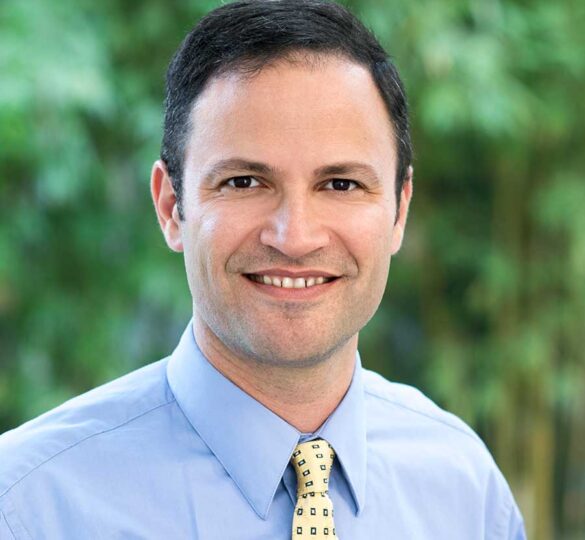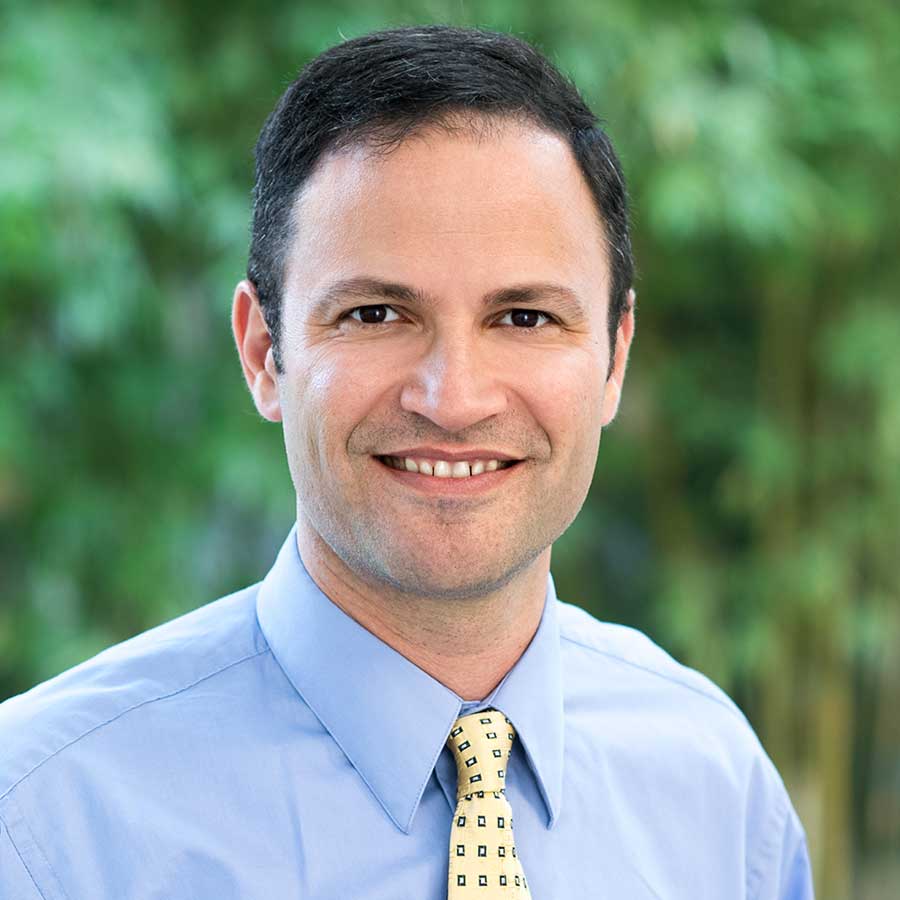¿Habrá un tratamiento seguro con células madre para glaucoma en 2023?
El médico doctorado Jeffrey Goldberg repasa los avances recientes de la investigación y explica los riesgos potenciales.

Esta es una de las preguntas más apremiantes y más frecuentes que se hacen los pacientes, especialmente los que han perdido una visión significativa a causa del glaucoma. La pérdida de visión en el glaucoma está asociada a la degeneración de las células ganglionares de la retina (conocidas como “CGR”), y la premisa, y promesa, de sustituir las CGR por células madre para restaurar la visión es convincente.
¿Estamos avanzando hacia tratamientos con células madre?
Hemos avanzado MUCHO en el laboratorio hacia la terapia celular del glaucoma. Nuestro laboratorio y el de otros han descubierto cómo convertir células madre humanas en CGR humanas en una placa de laboratorio, y podemos caracterizar su función y anatomía con detalles moleculares ultrafinos. Además, los trasplantes de CGR humanas en modelos preclínicos de animales con glaucoma o enfermedades oculares similares a las humanas están progresando cada vez más y resultan más prometedores, aunque aún queda mucho por resolver: ¿cómo conseguir trasplantar suficientes células en la retina para mejorar la visión de forma significativa? ¿Cómo maximizar la integración de las células del donante en los circuitos de la retina? ¿Cuánta inmunosupresión se necesita a corto o largo plazo?
Otro aspecto que merece la pena destacar son los avances en la conversión de células de la retina en CGR de sustitución mediante terapia génica. La ciencia sobre el aprovechamiento de nuestras llamadas “células madre endógenas” avanza rápidamente.
¿Existen ya tratamientos seguros con células madre para el glaucoma?
Aquí debo seguir aconsejando a los pacientes, aún no estamos preparados para realizar pruebas seguras en pacientes. En los EE. UU. se han iniciado algunos ensayos clínicos provisionales para enfermedades oculares distintas del glaucoma. Dado que la FDA no es capaz de supervisar e impedir el funcionamiento de clínicas de células madre deshonestas, los pacientes corren un riesgo importante de ser engañados para que prueben productos inseguros a manos de profesionales dudosos.
¿Cuáles son los riesgos de un tratamiento con células madre no aprobado?
Los riesgos son importantes, y en el peor de los casos incluyen ceguera (publicamos una serie de casos de este tipo en una clínica de Florida) o cáncer (acabamos de tratar a un paciente con tumores causados por inyecciones de células madre en el extranjero). Las clínicas fraudulentas suelen cobrar a los pacientes tarifas desorbitadas, de miles de dólares, por lo que corren el riesgo de perder su dinero y su vista.
¿Qué preguntas debo hacer si estoy pensando en someterme a un tratamiento con células madre?
Yo confirmaría por escrito que lo que se ofrece a un paciente (1) se ha publicado en artículos revisados por pares en revistas de prestigio; (2) forma parte de un ensayo clínico que se encuentra en clinicaltrials.gov; (3) es un ensayo registrado en la FDA (y tiene asignado un número “IND”); y (4) no le cuesta dinero.
—
Artículo del médico doctorado Jeffrey L. Goldberg.

Jeffrey L. Goldberg, MD, PhD
Jeffrey L. Goldberg, MD, PhD is Professor and Chair of Ophthalmology at the Byers Eye Institute at Stanford University School of Medicine. Dr. Goldberg is a scientific advisor for the Catalyst for a Cure Vision Restoration Initiative (CFC3).